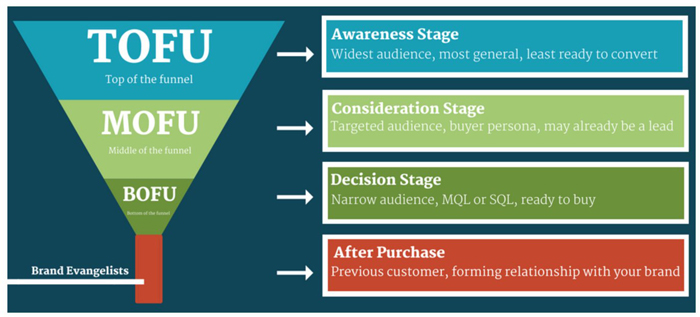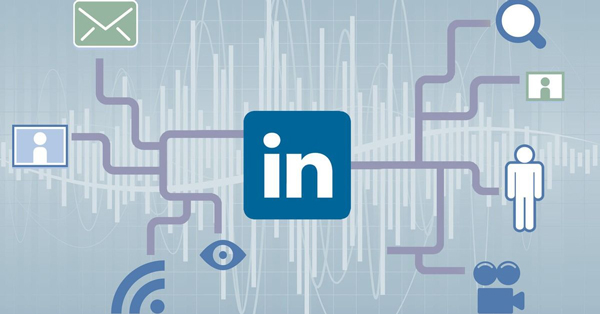The role of artificial intelligence in digital marketing: Artificial intelligence (AI) is a game-changer in many industries, and digital marketing is no exception. In recent years, AI has been integrated into digital marketing strategies to improve efficiency, personalize messaging, and enhance customer experiences. In this article, we will explore the role of AI in digital marketing and its impact on the industry.
AI in Digital Marketing
AI is transforming digital marketing by automating repetitive tasks, analyzing large data sets, and improving decision-making processes. The use of AI in digital marketing has increased significantly in recent years, with businesses using AI-powered tools to streamline marketing efforts, gain insights into consumer behavior, and improve the overall customer experience.
Automation in Digital Marketing
One of the primary benefits of AI in digital marketing is automation. AI-powered tools can automate many of the manual tasks involved in digital marketing, including social media scheduling, email marketing, and data analysis. Automation not only saves time and resources but also allows marketers to focus on more strategic tasks.
Personalization with AI in Digital Marketing
AI can also be used to personalize marketing messages and improve customer experiences. By analyzing consumer behavior and preferences, AI-powered tools can deliver personalized content and recommendations. Personalization can significantly increase customer engagement, loyalty, and ultimately, sales.
AI in Customer Support
AI-powered chatbots are becoming increasingly popular in digital marketing, providing quick and efficient customer support. Chatbots can handle a wide range of customer inquiries, from product recommendations to technical support, providing a seamless customer experience.
Improved Efficiency
AI can analyze vast amounts of data quickly, providing insights into consumer behavior and marketing performance. This data analysis can help marketers make informed decisions and optimize campaigns for maximum effectiveness. AI can also identify new opportunities for growth, enabling businesses to stay ahead of the competition.
Risks of AI in Digital Marketing
While AI offers many benefits in digital marketing, there are also risks to consider. One of the main concerns is the potential for bias in AI algorithms, which could lead to discriminatory practices. Additionally, AI-powered tools may not always be accurate or reliable, leading to incorrect insights and decisions.
Future of AI in Digital Marketing
The future of AI in digital marketing looks promising, with continued advancements in AI technology. As AI becomes more sophisticated, it will likely play an even more significant role in digital marketing, providing more personalized and efficient customer experiences.
In conclusion, the role of artificial intelligence in digital marketing is significant and continues to grow. AI-powered tools can automate repetitive tasks, personalize marketing messages, and improve customer experiences. While there are risks to consider, the benefits of AI in digital marketing are clear. As the technology continues to advance, businesses can expect to see even more significant improvements in their digital marketing efforts.
The Benefits of AI in Digital Marketing
Artificial Intelligence (AI) has become an integral part of digital marketing. It has revolutionized the way businesses understand and interact with their customers. Here are some of the benefits of AI in digital marketing:
1. Role of artificial intelligence in digital marketing With Improved Efficiency
AI-powered tools can automate repetitive tasks like data analysis, email marketing, and social media management. This automation not only saves time and resources but also allows marketers to focus on more strategic tasks. AI can also identify new opportunities for growth, enabling businesses to stay ahead of their competitors.
2. Role of artificial intelligence in digital marketing With Personalization
AI can analyze consumer behavior and preferences to deliver personalized content and recommendations. This level of personalization significantly increases customer engagement, loyalty, and ultimately, sales.
3. Role of artificial intelligence in digital marketing With Customer Support
AI-powered chatbots have become increasingly popular in digital marketing, providing quick and efficient customer support. Chatbots can handle a wide range of customer inquiries, from product recommendations to technical support, providing a seamless customer experience.
4. Role of artificial intelligence in digital marketing With Data Analysis
AI can analyze vast amounts of data quickly, providing insights into consumer behavior and marketing performance. This data analysis can help marketers make informed decisions and optimize campaigns for maximum effectiveness.
Current Applications of AI in Digital Marketing
AI is already being used in various areas of digital marketing, including:
1. Chatbots
AI-powered chatbots are being used to provide customer support, answer inquiries, and collect feedback.
2. Predictive Analytics
AI-powered predictive analytics is being used to analyze consumer behavior and predict future trends.
3. Programmatic Advertising
AI-powered programmatic advertising is being used to automate the buying and selling of digital advertising.
4. Content Creation
AI-powered tools are being used to create personalized content, including articles, videos, and social media posts.
How Artificial Intelligence Is Transforming The Future Of Digital Marketing?
The future of digital marketing looks promising with continued advances in AI technology. Here are some ways AI is transforming the future of digital marketing:
1. Voice Search Optimization
AI-powered voice assistants like Siri and Alexa are becoming increasingly popular. As a result, businesses are optimizing their content for voice search.
Impact of Voice Search on Digital Marketing
2. Hyper-Personalization
AI will enable businesses to deliver even more personalized content and recommendations to consumers based on their preferences and behavior.
3. Augmented Reality
AI-powered augmented reality (AR) is being used to create immersive experiences for consumers, including virtual try-ons and product demonstrations.
Challenges and Risks of Using AI in Digital Marketing
While AI offers many benefits in digital marketing, there are also challenges and risks to consider, including:
1. Privacy Concerns
AI collects vast amounts of data, and privacy concerns arise when businesses use this data to create personalized content and recommendations.
2. Bias in Algorithms
AI algorithms may be biased, leading to discriminatory practices.
3. Cost
AI-powered tools are costly to implement, making it difficult for small businesses to adopt them.
The Future of AI in Digital Marketing
The future of AI in digital marketing looks promising. As AI becomes more sophisticated, it will continue to transform the digital marketing industry. Businesses that adopt AI-powered tools will be able to improve efficiency, increase personalization, and enhance the customer experience.













































